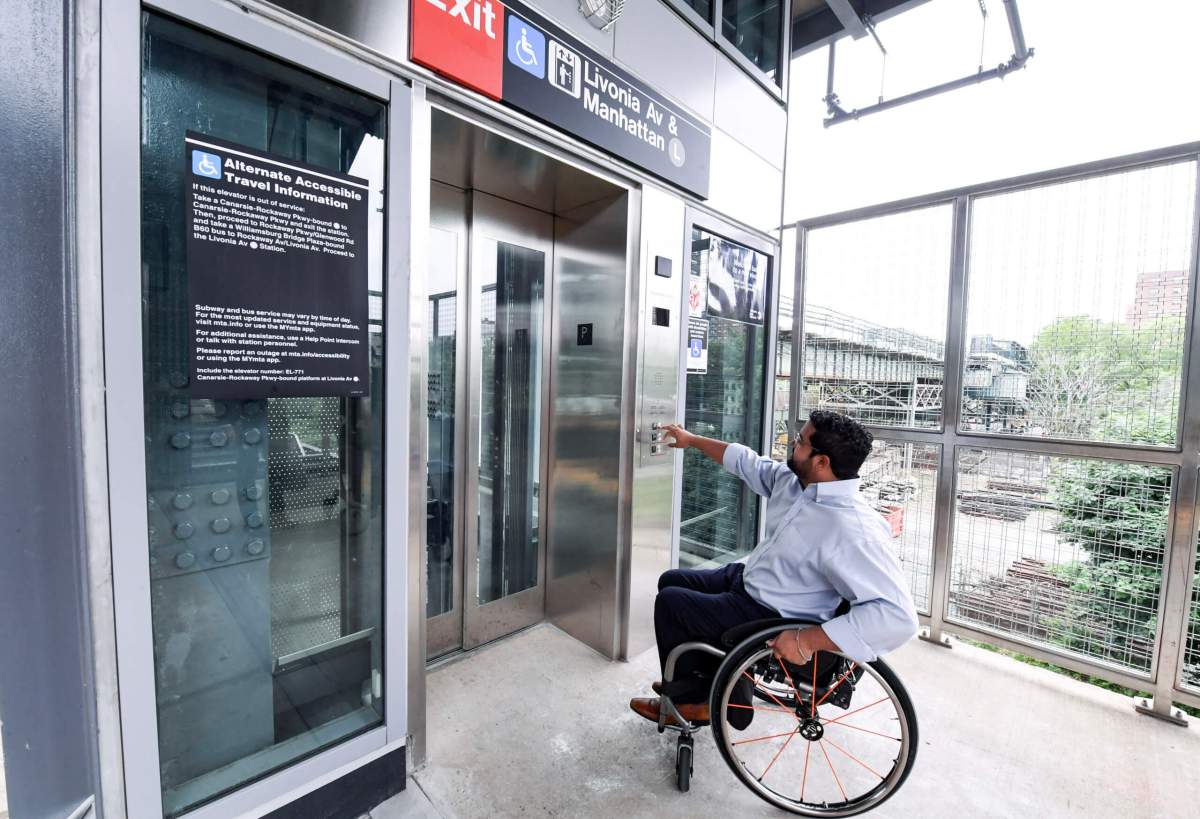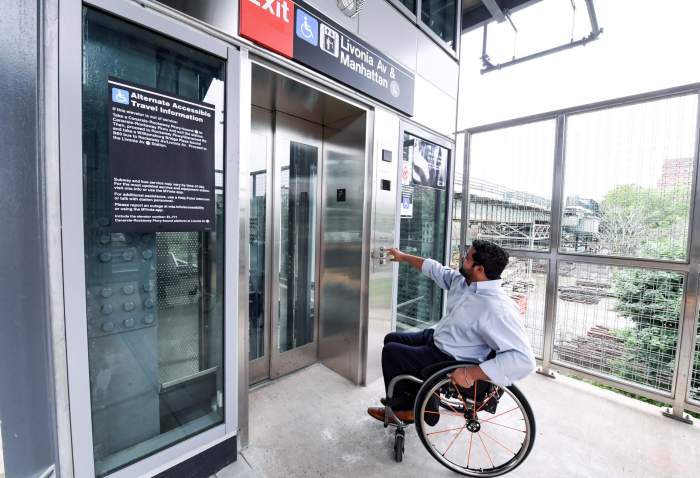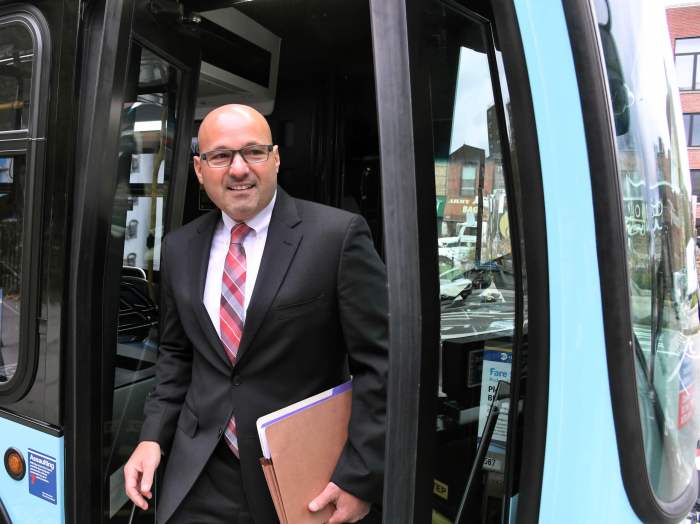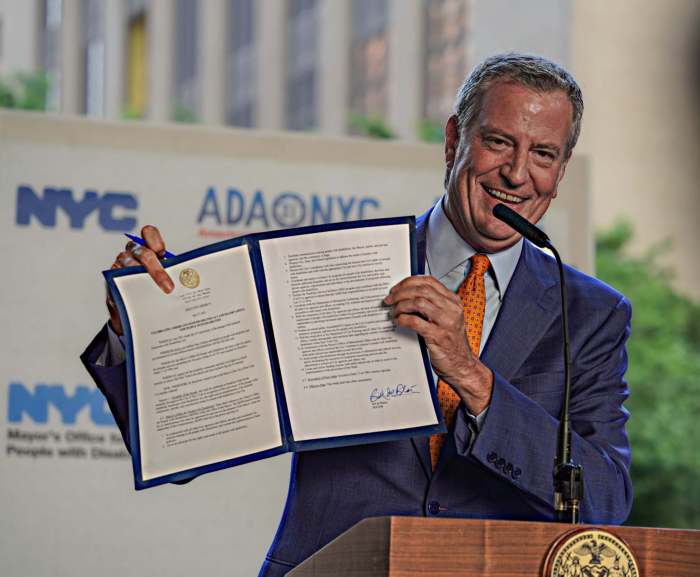The movement to make New York City’s transit system more inclusive isn’t a new one and it’s often been adversarial, with accessibility advocates and the Metropolitan Transportation Authority at odds in the media and in court — most recently over two class action lawsuits brought in 2017. That’s changing now.
After five years of court appearances, demonstrations, testimonies, negotiation and litigation, we’re happy to announce a legally binding settlement, pending court approval, that affirms the MTA’s commitment to universal accessibility, with a clear and defined path toward accessibility across the subway system by the year 2055.
Right now, 29% of the subway system’s 472 stations are accessible. There are a variety of reasons for this: the subway system is 117 years old, space at stations is limited, and existing utilities are expensive and sometimes nearly impossible to move. But there are no acceptable reasons not to act. We all agree New Yorkers deserve better.
The settlement is a legally binding commitment that the MTA will continue its historic pace in making subway stations accessible. Under its terms, the agency has agreed to install elevators and other ADA upgrades at no less than 95% of the 364 currently inaccessible subway stations by 2055 or have required accessibility work in progress by then. The MTA must complete work at an additional 81 stations by the end of 2025; another 85 stations by 2035; another 90 stations by 2045; and the last 90 stations needed to reach 95% accessibility by 2055.
It sounds daunting but the MTA has proven in recent years that it can do hard things, completing ADA projects at 14 transit stations since 2020, all during a global pandemic and dire financial crisis that threatened its very existence. That exceeds the number completed in the entire seven-year period from 2012 to 2018. And it’s just a small taste of what’s to come as part of the MTA’s historic 2020-2024 Capital Program, which includes an unprecedented $5.2 billion investment for ADA upgrades at 70 stations.
The MTA is also working to leverage private development to achieve its accessibility goals. New elevators are opening this week at the Times Square subway station, fully funded by an adjacent developer. Last year the City Council approved a zoning change that makes this process easier, so the MTA can continue to work with companies building near transit stations to include elevators and other station improvements in their designs from the get-go.
Making our transit system accessible is the right thing to do and it will have big benefits for communities like ours, including tourists, across the five boroughs. There are over one million people living in the City with a disability and more than 1.5 million over the age of 65, plus approximately 250,000 children under the age of two whose families need to navigate New York City with strollers. Continued inaccessibility makes it difficult for these New Yorkers— our relatives, friends, and neighbors— to use rapid transit and have easy access to jobs, schools, healthcare, and everything else the City has to offer.
This hard-won settlement is the start of a new chapter for New York. One where eventually everyone will be able to ride mass transit without needing to contort plans around diversions through accessible stations. It will just be a given. We look forward to building this inclusive system together as partners between all people with disabilities and the MTA in the new era that begins now.
Quemuel Arroyo is the MTA’s first-ever agency-wide Chief Accessibility Officer.
Jean Ryan is President of Disabled In Action of Metropolitan NY.




































